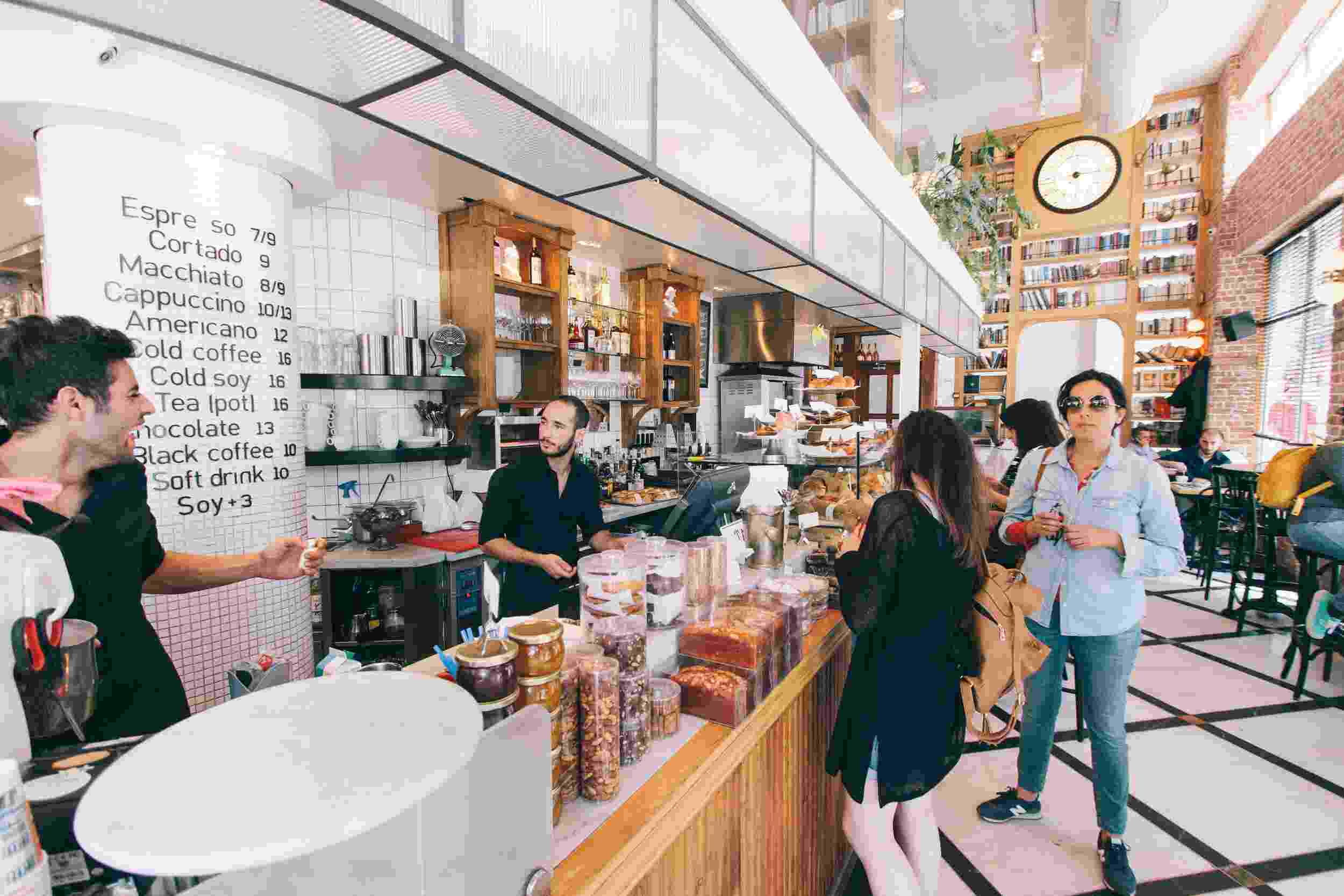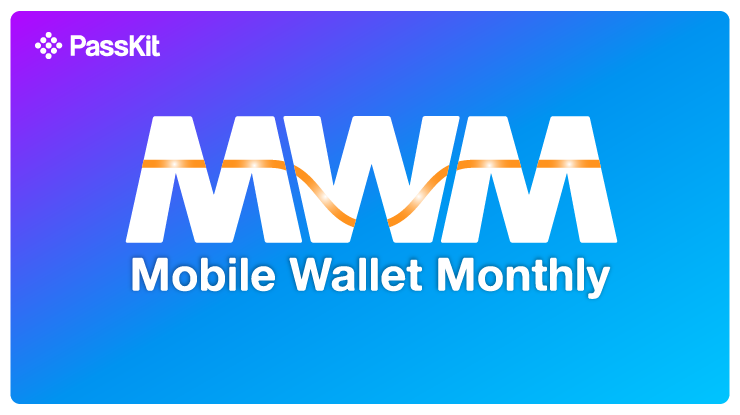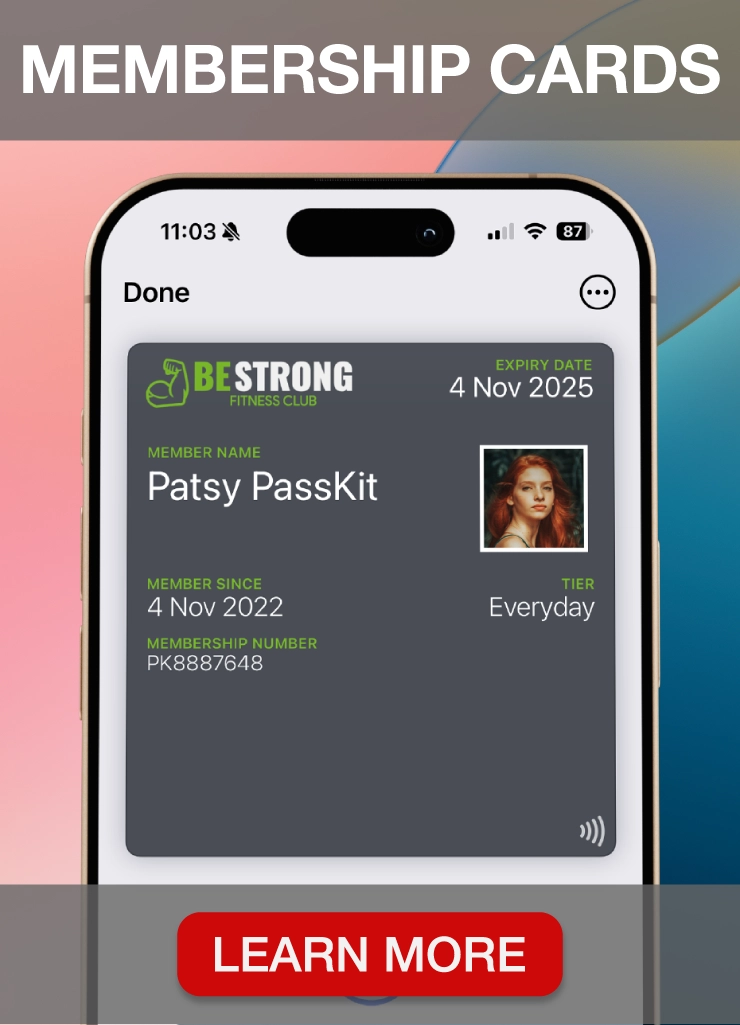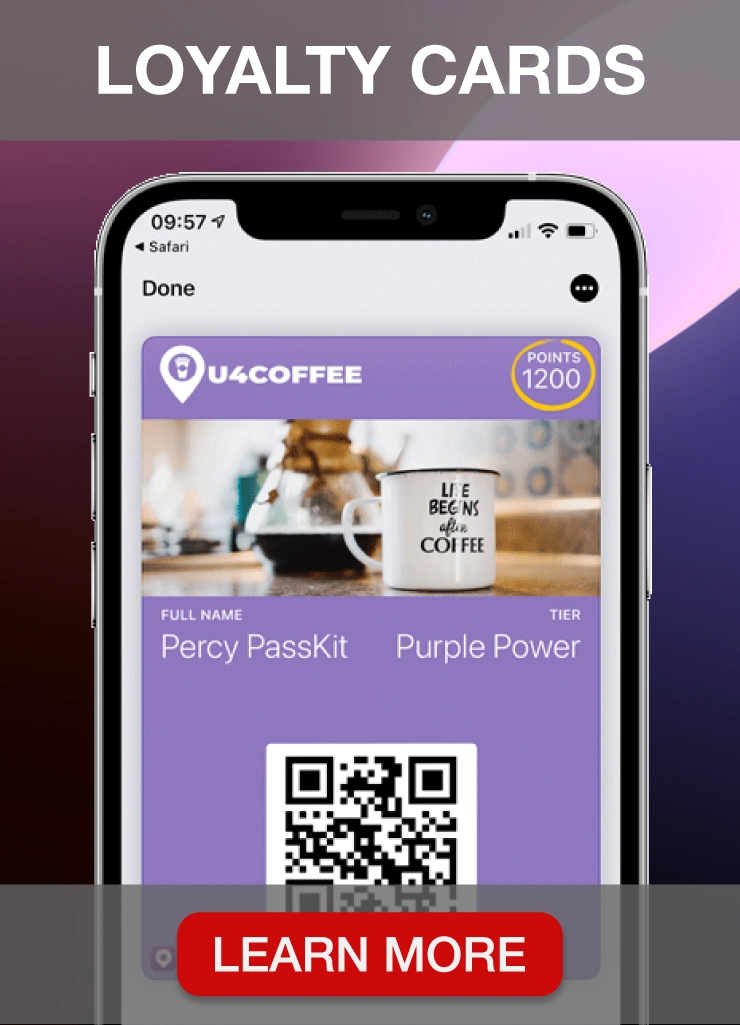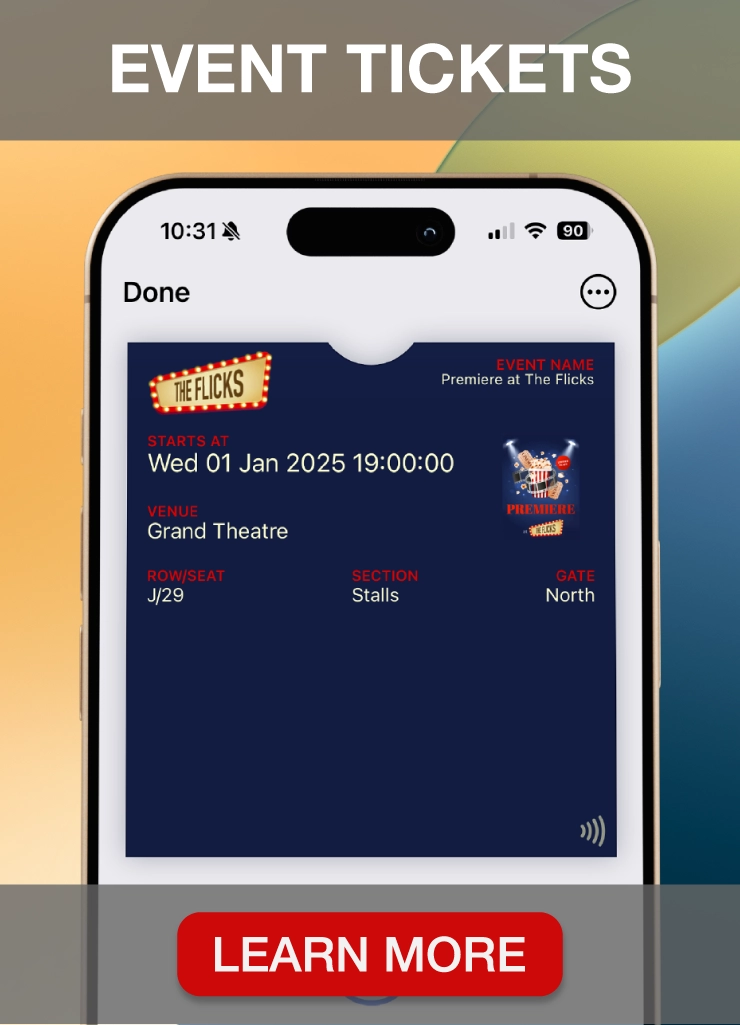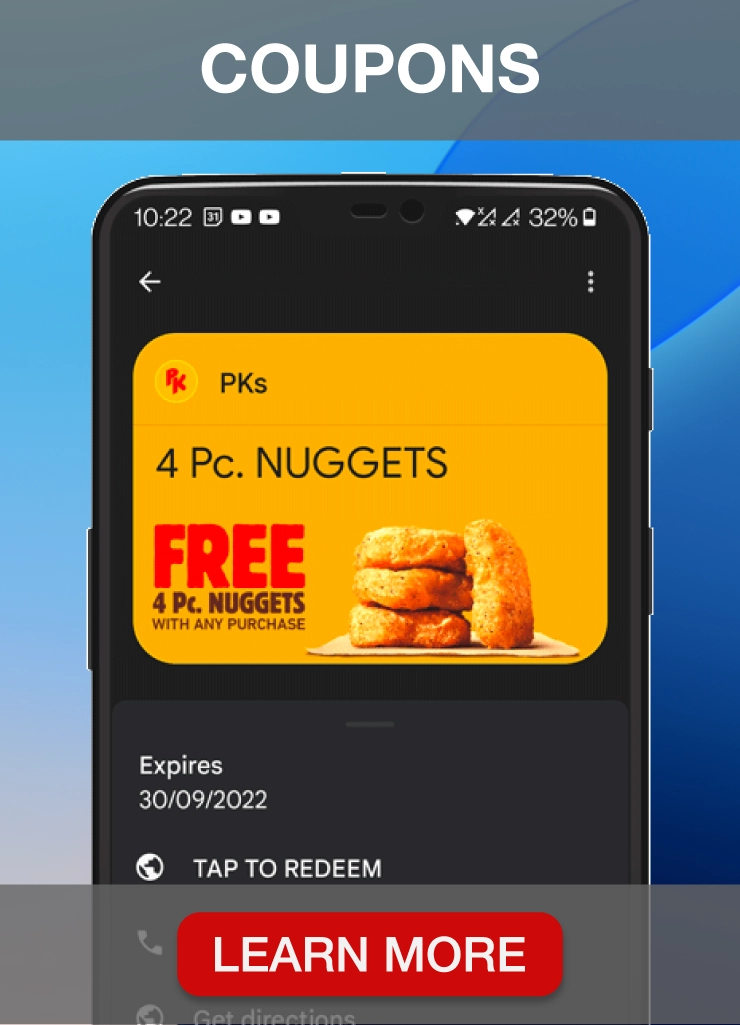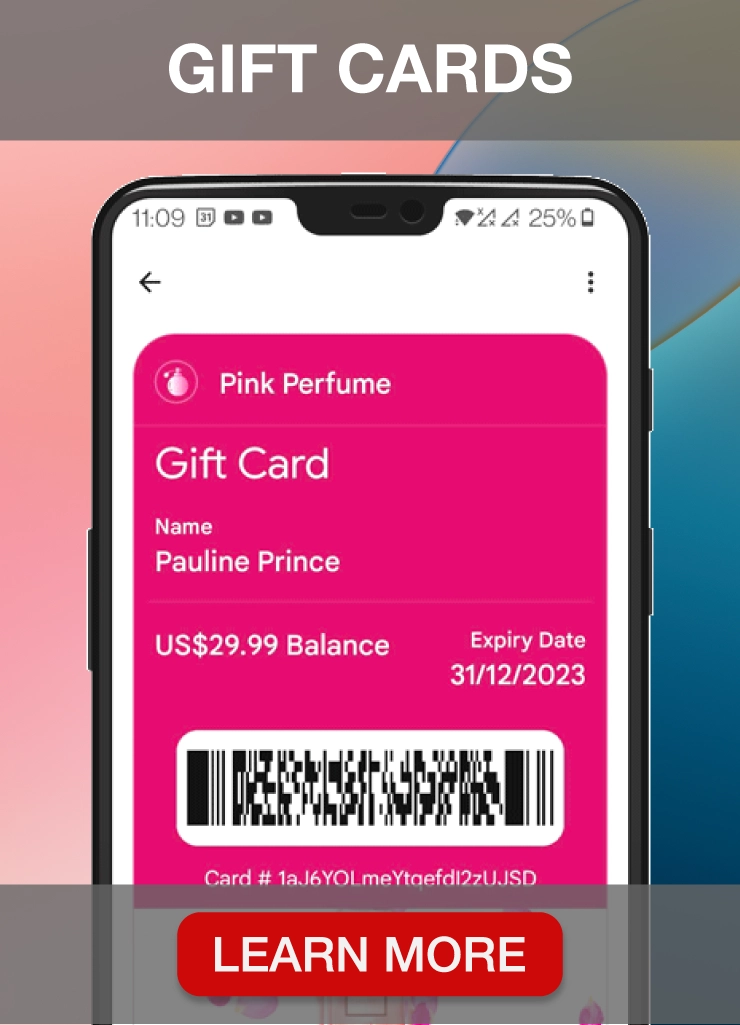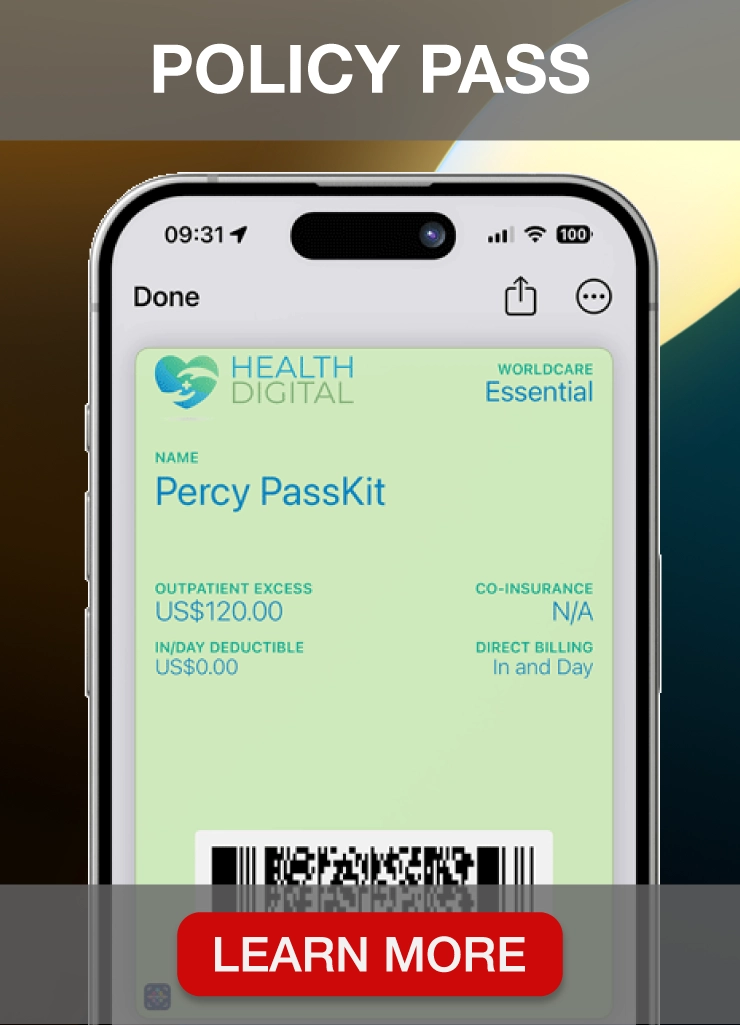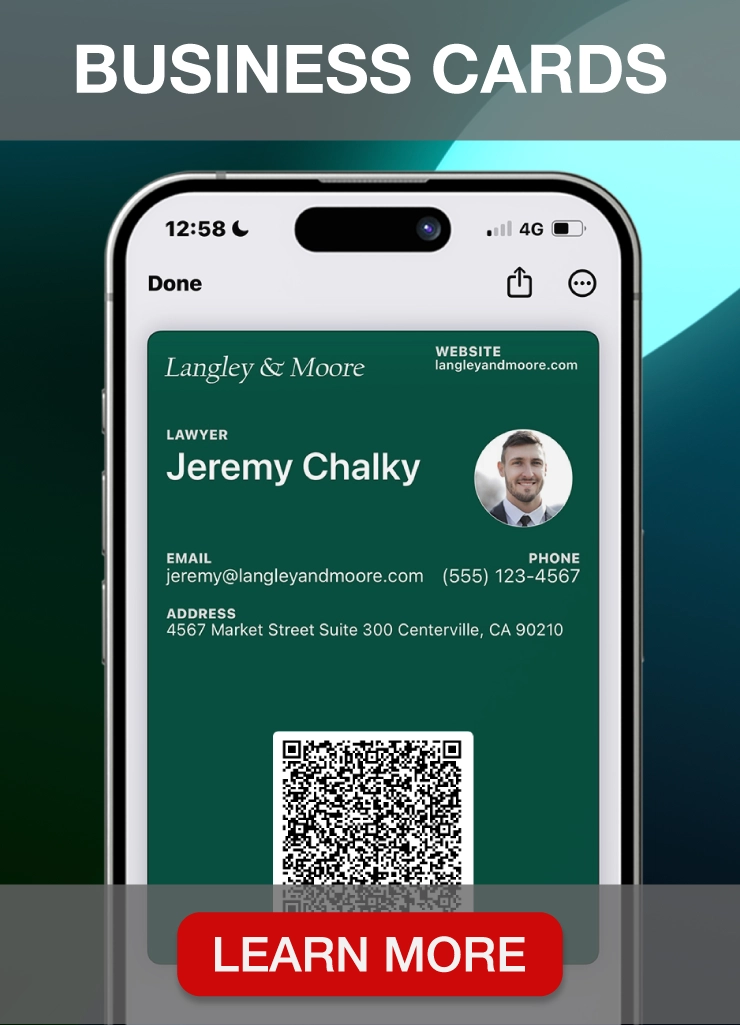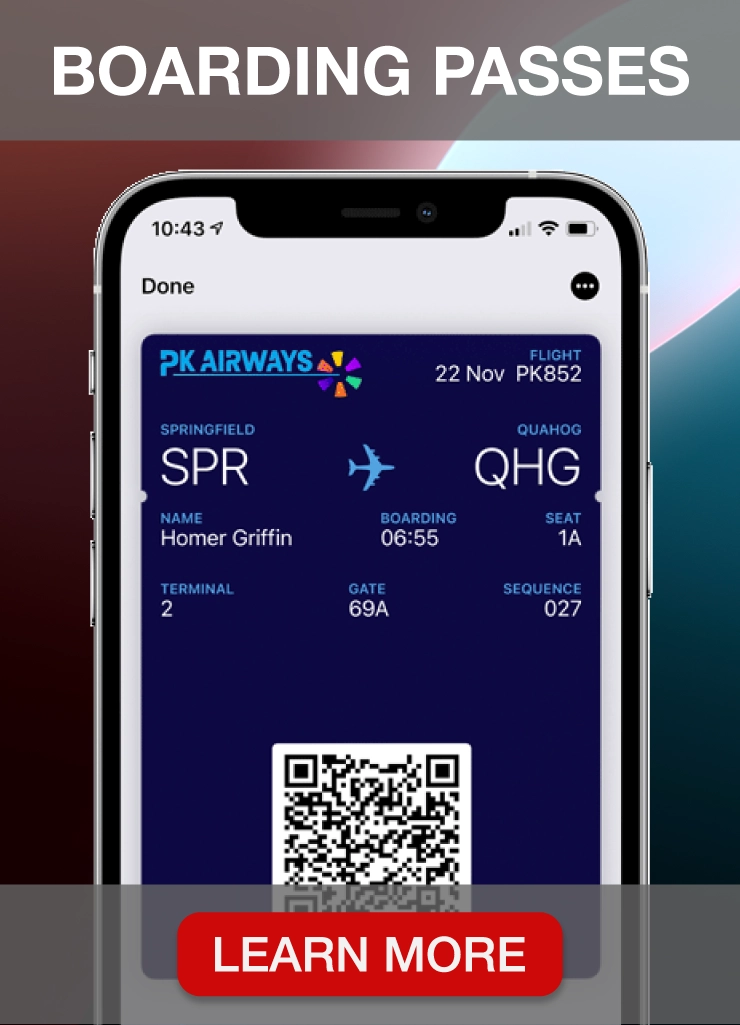Loyalty programs have become an integral part of the modern consumer landscape. Every other business, from airlines to coffee shops, tries to win customer loyalty through different reward schemes.
But have you ever wondered how do loyalty programs make money?
In this article, we will explore how loyalty programs generate revenue, explain how to calculate the ROI and show you how to start rewarding repeat customers using PassKit.
Let’s start with some basics.
What is a loyalty program?
Image source: SmartKarrot
Before discussing loyalty programs’ benefits in generating revenue, let’s explain what they are.
A successful loyalty program establishes a special relationship between businesses and regular customers. By offering loyalty points, discounts, or exclusive rewards, companies express their appreciation to customers for choosing their services.
This special bond makes customers feel valued and keeps them returning for more.
Why should you start a loyalty program?
Image source: Queue-it
Here are some reasons why customer incentive programs are worth your time and money:
- Repeat business: It’s the old but gold truth – it costs more to acquire a new customer than to keep an existing one.
- Brand advocacy: Loyal customers don’t just shop; they sing your praises to anyone who will listen, bringing in new business.
- Data insights: Think of your customers as puzzle pieces. A rewards program helps you see the complete picture, providing invaluable insights into their preferences and behaviors.
- Competitive edge: In a world saturated with options, offering a standout loyalty program can be the secret sauce that sets you apart.
Now, let’s take a closer look at the financial side of loyalty programs.
The basics of loyalty program revenue
Effective loyalty programs are strategically designed to generate revenue through various channels, both direct and indirect. Let’s discuss these channels in more detail.
Direct revenue generation strategies
There are several ways to incentivize customers to choose your business over competitors, and in this section, we will explore some practical strategies.
Points-based loyalty programs
This system turns shopping into a game, where every purchase scores points customers can redeem for discounts or freebies. It’s a win-win situation, as customers enjoy accumulating points, and brands encourage repeat business.
For example, coffee bars commonly use a points reward system with coffee shop loyalty cards. For every purchase, customers get a punch on their card. After a certain number of punches, they earn a free coffee.
Tier-based loyalty programs
Customers start at the bottom and work their way up through bronze, silver, and gold tiers, unlocking increasingly tempting rewards at each level. Not only does this system boost brand loyalty, but it also fuels a desire to spend more to reach the next tier.
Fitness centers often employ a tier-based loyalty model with gym membership cards. Members start at a basic level and can progress to higher tiers by attending more classes or achieving specific fitness milestones. Each tier unlocks additional perks like access to premium classes, personal training sessions, or exclusive gym events.
Cashback and discounts
Classic strategies like cashback and discounts remain effective in incentivizing customers. Directly impacting the customer’s wallet is a surefire way to keep them choosing your business over competitors.
Many restaurants have embraced best loyalty program apps that offer cash back or discounts on future purchases. Customers earn points with each visit, which they can redeem for discounts or even free meals. This direct impact on the customer’s dining expenses encourages repeat visits to the restaurant.
Subscription models
Brands looking to establish a steady flow of revenue can implement subscription-based loyalty programs. Customers pay a recurring fee for exclusive perks and early access to products or services, turning a business into a regular shop-stop.
Smoothie and juice bars can implement subscription models where customers pay a monthly fee for a set number of smoothies. Subscribers enjoy the convenience of regular, pre-paid smoothies while the business ensures a consistent revenue stream.
Cross-promotions and partnerships
Teaming up with other businesses for cross-promotions is a savvy move to attract new customers while adding extra value for existing ones. It’s like throwing a party where everyone leaves with a little something extra.
A coffee shop can partner with a local bakery for cross-promotions. Customers who purchase a coffee at the cafe might receive a coupon for a discount on pastries at the bakery, and vice versa. This collaboration benefits your business and the partner company and enhances the overall experience for customers who enjoy a broader range of products.
Now, let’s explain how these tactics differ from indirect revenue generation strategies.
Indirect revenue generation strategies
Revenue generation is the utmost priority for any business. However, it can be challenging to generate revenue directly through sales. Indirect revenue generation strategies come into play in such situations. Let’s explore some of them.
Data monetization
Analyzing loyalty program data is one of the best ways to understand the target audience wants and needs. You can take the guesswork from your sales and marketing strategies and ensure you meet your customers’ expectations.
Customer retention
New customers are important for growth, but loyal customers are a steady source of revenue. By providing good customer service and incentivizing loyalty, you can retain customers and generate income over the long term.
Increased customer lifetime value
It means creating loyal customers who continue to purchase from your business over an extended period. You can turn one-time transactions into long-term relationships by providing incentives and rewards for repeat purchases, making customers more likely to stick around.
Word-of-mouth marketing
If you treat your customers well and give them a good experience, they’ll tell their friends and family about it. You can even encourage your customers to refer people they know by offering them rewards or incentives. It can bring in new customers and more money for your business.
What rewards do customers consider most attractive? Let’s explore this topic in the following section.
Types of rewards that increase customer spending
Let’s explore how to choose rewards that not only incentivize spending, but also express genuine appreciation to customers.
Discount-based rewards
It’s no secret that many people always look for a good deal. Whether it’s a sale, a promotion, or a discount, we all love to save money. There’s just something so satisfying about getting something for less than its original price. It could be a percentage off, a buy-one-get-one-free deal, or any other kind of offer – the allure of a discount is hard to resist.
Point-based rewards
Shopping can be more fun with point-based prizes that feel like a game. Customers can earn rewards and points for every purchase, just like unlocking levels in a video game. It creates a sense of achievement and progress they enjoy and makes them want to keep playing and shopping.
Exclusive access rewards
In a society that values exclusivity, giving customers unlimited access to new products or services is like rolling out the red carpet. It makes them feel like VIPs, and being special compels them to spend more to maintain that VIP status.
Personalized rewards
Tailoring rewards to customer preferences is more than just a simple transaction – it’s a personal gesture that shows appreciation. This special touch can significantly impact the amount customers are willing to spend, as it conveys the message that their interests are being taken into consideration.
Non-monetary rewards
Rewarding customers doesn’t always have to involve money. Offering recognition, shoutouts, or a simple personalized thank-you note can add a personal touch to your business relationship. It’s not just about completing multiple transactions; it’s about building a connection and encouraging customers to return.
Now that you know all the essentials on how rewards programs make money, let’s explain how to measure the success of your efforts.
Calculating the ROI of a loyalty program
Image source: Loyal Guru
Calculating the ROI of a loyalty program can be challenging, but it’s crucial to understand if it’s generating the desired results.
You can use the following formula to calculate your ROI:
ROI = (Net Profit from Loyalty Program – Cost of Loyalty Program) / Cost of Loyalty Program
This formula may look like something from a finance textbook, but let’s break it down in plain English.
To calculate the ROI of your loyalty program, you should subtract the program’s cost from the net profit it generates and then divide that number by the program’s cost.
It will give you a percentage that indicates whether your program is generating a positive or negative return on investment.
Using this formula, you can determine whether it’s time to optimize your loyalty program to improve its effectiveness.
Key metrics for measuring ROI
Let’s shine a spotlight on the key metrics that not only measure the impact of your program but also steer you towards maximum return on investment (ROI).
- Customer Acquisition Cost (CAC): Expanding your customer base reveals the cost of acquiring new customers and helps assess program efficiency.
- Customer Retention Rate: It provides a percentage-based snapshot of how well your program retains its intended audience.
- Average Order Value (AOV): It helps you understand the impact of your program on spending habits—whether it’s encouraging customers to add a little extra to their carts or enticing them to opt for higher-priced items.
- Customer Lifetime Value (CLV): CLV provides a comprehensive picture of customer value by factoring in repeat purchases and longevity of relationships.
When analyzing these metrics, remember that a successful loyalty program should result in customer satisfaction and long-term business success, not just good numbers.
However, to achieve these goals, you need proper software to develop and track the performance of your loyalty program.
That’s where PassKit, our digital rewards platform, comes in.
How to start a loyalty program with PassKit
PassKit is a robust loyalty program management software that can help you digitalize traditional loyalty programs and reward systems.
With PassKit, you can offer loyalty customer cards, design membership cards, coupons, e-gift cards, boarding passes, and mobile tickets your customers can store in Apple and Google Wallet for easy access and usage.
The best part about PassKit is that it doesn’t require any custom app building, coding or design skills. Even beginners can set up reward programs quickly and easily.
Our platform is available for a 45-day free trial, so you can try it before subscribing to our pay-as-you-go model.
Key features of PassKit customer loyalty software
Here’s how PassKit helps you start and optimize your customer loyalty program:
- Multi-industry coverage: PassKit provides customizable loyalty program solutions for various industries, including retail, hospitality, travel, and entertainment.
- Pass Designer: PassKit offers loyalty card design templates that comply with Google and Apple guidelines. You can effortlessly create visually appealing loyalty cards, membership cards, coupons, and mobile wallet passes using a drag-and-drop interface that aligns with your branding. Check out the Pass Designer.
- Loyalty program management: It offers a centralized platform for managing loyalty programs, including program setup, reward structures, customer activity tracking, and member profile management.
- Mobile wallet APIs and SDKs: PassKit allows easy integration of loyalty programs with Apple and Google Wallet. Customers can store and access reward cards on their mobile devices.
- PassReader Scanning App: You can use the iOS and Android app to quickly scan and validate customer loyalty cards and passes while tracking redemption activity.
- Automated rewards: You can automate customer rewards by setting up rules and triggers, increasing engagement and fostering repeat business.
- Multichannel distribution: PassKit enables you to distribute your loyalty program cards effortlessly through various online and offline channels such as email, SMS, social media, and websites. With PassKit, you can ensure your customers can conveniently access and add loyalty cards to their mobile wallets, leading to increased program participation.
- Push notifications: It enables sending targeted messages to customers via mobile devices to communicate updates, promotions, or personalized offers and keep them engaged with your loyalty program.
- Location-based alerts: PassKit utilizes geolocation to send targeted notifications to customers near specific locations, allowing for delivering relevant offers and reminders to customers. It increases foot traffic and in-store visits.
- Real-time analytics and reporting: You can optimize your loyalty programs and measure effectiveness with access to data on customer engagement, redemption rates, ROI and overall program performance.
- Multi-language support: You can provide your diverse customer base with a personalized and satisfying experience by creating loyalty cards in multiple languages.
Don’t miss the chance to establish solid customer relationships and boost your revenue.
Start a 45-day free trial now to create your loyalty program today!
What works best in loyalty programs
You’ve got the ABCs of loyalty programs down, but what turns a good program into a great one? Here are some key elements to focus on:
- Customer segmentation: One size doesn’t fit all. Tailoring rewards and communication for customer segments creates personalized experiences.
- Clear and achievable rewards: Keep it simple. If customers need a decoder to understand your loyalty program, you lose them. Make the sign-up and redemption process straightforward to avoid frustration.
- Mobile integration: Your loyalty program needs to be mobile-friendly. Think digital loyalty cards, app integration, and push notifications to keep your brand at the forefront of your customer’s minds.
- Data analytics: Don’t just collect data—use it. Analyzing customer behavior helps you make informed decisions, from tweaking rewards to adjusting your marketing strategy.
- Ongoing engagement: A loyalty program isn’t a one-hit wonder. Keep the excitement alive with regular communication, fresh rewards, and exclusive offers. An engaged customer is a spending customer.
Remember, a loyal customer is not just a repeat customer but an advocate for your brand.
What doesn’t work in loyalty programs
Avoiding pitfalls is as crucial as implementing successful strategies. Here’s what to steer clear of:
- Overwhelming rewards catalogs: Too many choices can be paralyzing. To avoid decision fatigue, keep your rewards curated and focused on what matters most to your customers.
- Lack of transparency: Customers want to know what they’re getting into. Be transparent about how your loyalty program works, including the benefits and potential limitations.
- Inconsistent customer experience: The customer experience should be seamless, whether online or in-store. Inconsistencies can lead to confusion and frustration, potentially pushing customers away.
- Ignoring customer feedback: Your customers are your best critics and advisors. Pay attention to their positive or negative feedback, and use it to refine and improve your loyalty program continually.
Remember, the key is to create a program that is easy to understand and provides value to your customers.
Final words about making money with loyalty programs
Loyalty programs aren’t just about discounts and perks. They’re about building relationships. When done right, they create a cycle of loyalty, advocacy, and increased spending.
PassKit offers the flexibility to design loyalty programs tailored to your business.
You can create digital loyalty cards accessible on customers’ smartphones, replace traditional ones, and increase customer interaction with push notifications and location-based alerts.
PassKit integrates with mobile wallets, automates tasks with Zapier, and allows tracking ROI, redemption rates and other critical data for refining loyalty programs.
Set up your program with PassKit today and watch your customers become your biggest fans.
